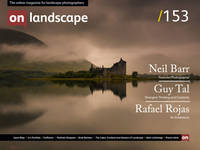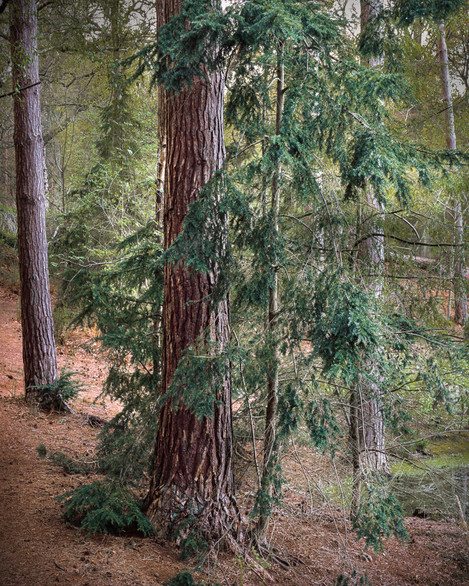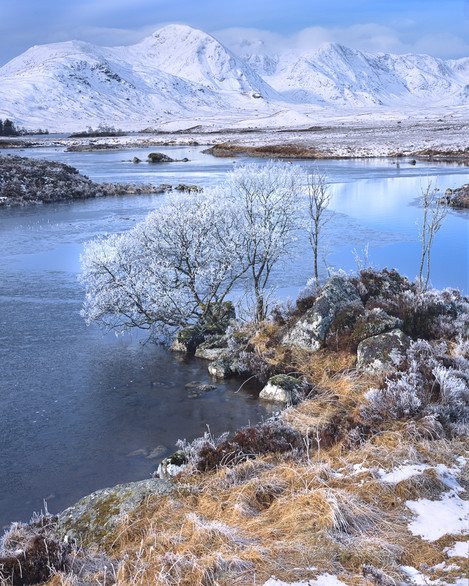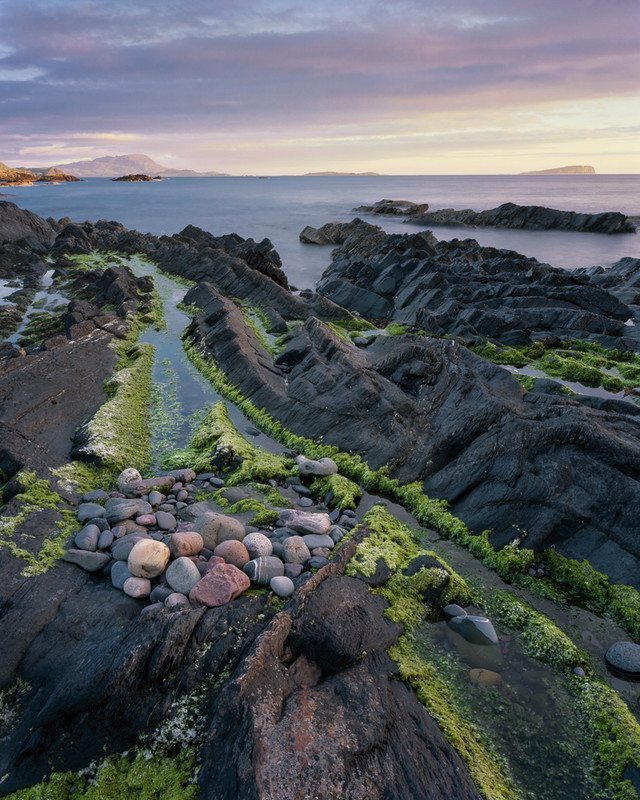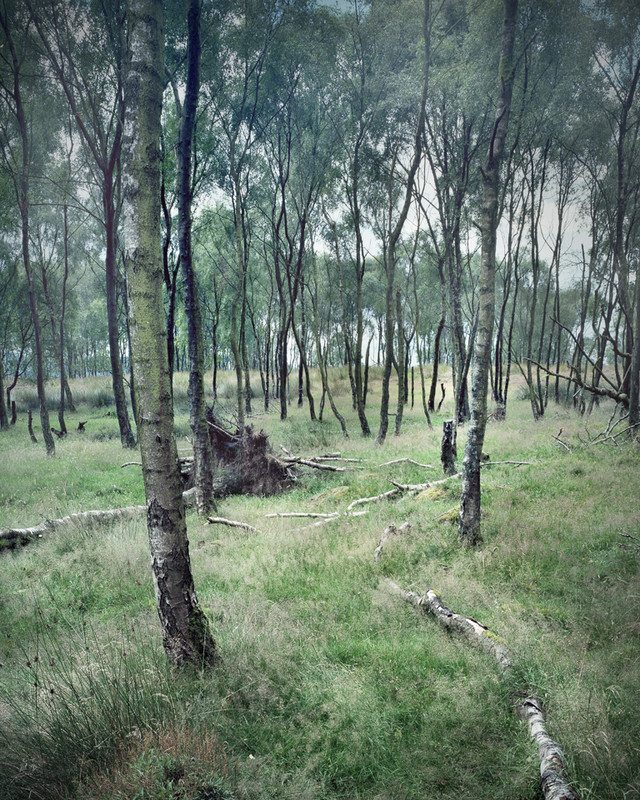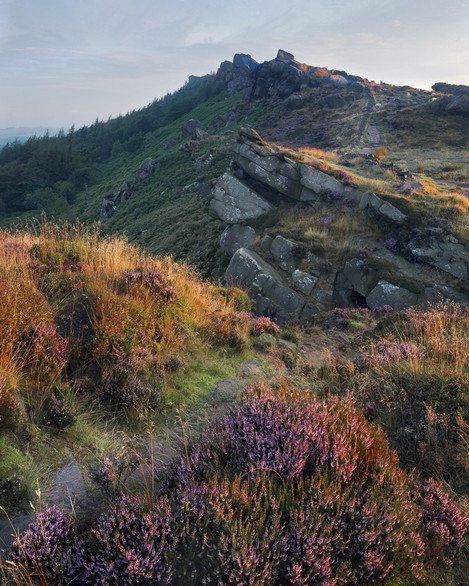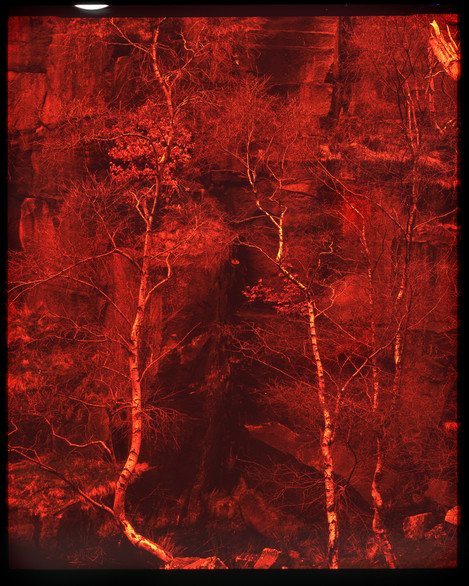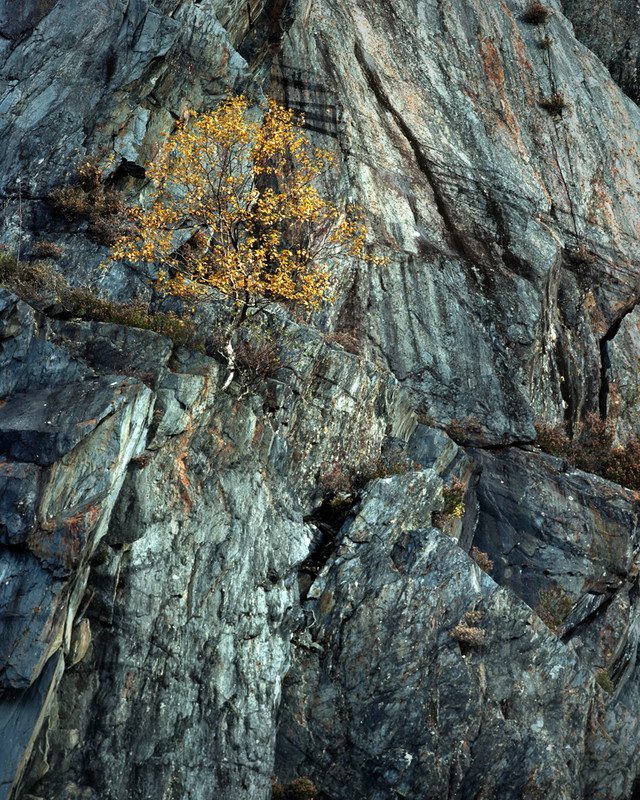Not as hard as you'd think

Matt Lethbridge
I have been making landscape photographs for around 8 years now and I am very passionate about what I do.I really enjoy the creative challenges brought on by working with natural light, especially in variable weather conditions. I have just started to dip my toe in the water with 35mm film photography and I an looking forward to the many challenges ahead.Flickr
After reading the wonderful series of articles by Tim Parkin and Richard Childs on Large Format photography and learning a great deal from them, I felt inspired to write an article of my own, as although they were very informative and a mine of information, perhaps there are people like myself out there who were tempted to try this form of photography but for whom it still felt rather daunting.
Therefore, I thought I'd write a little more about the journey itself, how it started for me and what I've learned in the last 10 months or so rather than a "how to" article.
As is usually the way with me it had a rather innocent start, last year I started taking a few pictures with a medium format film camera and on the whole, I was quite enjoying the experience. When asked by a few photographer friends if I fancied trying Large Format the answer was always "not a chance, way too difficult, too much hassle" etc. So what actually changed my mind?
I accidentally found a whole series of video journals on You Tube by American photographer Ben Horne. Now for those who don't know of him, Ben travels to wilderness areas in the States such as Zion National Park and photographs them with a 10x8 view camera. His travels are really well filmed and not at all technical and if you are even slightly interested in Large Format I highly recommend looking him up. Following on from watching Ben and still thinking that although I might be a bit more interested, it's still out of reach and too much hassle, I started talking to Tim Parkin rather casually and thought I may just look into it a little. The final nail in the coffin was visiting Tim at home to look at his drum scanning setup and being shown both a couple of his cameras and some 5x4 and 10x8 transparencies on his lightbox, plus the fact that Tim seemed to think using these large cameras was normal and not too much bother at all...............I was sold on the idea.
The next step, what camera?
The first lesson I learnt was there is an extensive choice of lenses, a lot of which are in pretty much pristine condition..........in Japan. So after careful vetting of sellers, my first lens was purchased, a "standard" lens which means for 5x4 around the 150-180mm mark. Next, film changing tent, film holders, loupe, dark cloth, film....the list just seemed to go on and on but in reality, it was easy to source all of the above, although I still use a T-shirt as a dark cloth. So, one December day last year I took it upon myself to load some film and to go out and make some pictures. After watching some more Youtube videos on how to load film (which was actually one of the main reasons I had used to avoid large format....thinking I'd not be able to do it) I had a go........if only I'd know earlier that it was so easy......although it has to be said it can be slightly tedious.
Figuring out the workflow
I then compiled the following checklist, set up camera, fit lens, open aperture, open shutter, compose and focus. Take meter readings to determine exposure and then adjust aperture, close shutter, set the shutter speed. lastly, in with the film holder, pull out the darkslide and press cable release, replace darkslide.
For the first day, I used no camera movements, just concentrating on basic focusing. I soon found that although the camera has it's limitations, it was certainly manageable. I also found out that if you breathe out under the dark cloth in cold damp conditions the ground glass steams up and it becomes impossible to focus. Finally, everything kind of went to plan and I exposed a couple of frames.
So now what?
So, unloading was the exact reversal of loading, carried out without a hitch and the sheets of film (safely placed into an empty film box) sent off for processing. Five days later the postman brings a parcel to my door and the anticipation builds........have they come out? Are they any good? The answer was yes and no. The exposure was marginally ok but the pictures were just complete rubbish. It seems that when you look under the dark cloth, pretty much most compositions look good, there being a 3D effect from using both eyes to compose. An online chat with the ever helpful and patient Tim explained where I had gone wrong and I now close one eye for a moment just to check.
Learning from Mistakes
Since that first fateful experience I have been out more and more with the Chamonix and as is the way with these things, the more you practice the better you become. That's not to say I don't still make mistakes, on my second trip I exposed a sheet of Velvia 50 that I had accidentally loaded into the film holder the wrong way around and the resulting picture had me completely perplexed until I realised what I'd done!
It came back completely red! I have also been known to very occasionally full the darkslide out before closing the shutter, resulting in a fried sheet of film......but thankfully these mistakes are getting much fewer and farther between. I shoot a lot of Kodak Ektar 100, which is a colour negative film, has a very high dynamic range and I'm getting quite good at metering for this film stock. I am now comfortable with the use of camera movements and know that, with care, when I expose a sheet of film I'm going to get a decent picture back. My best portfolio pictures have been made with the Chamonix 5x4.
So, what have I learned thus far?
It has been less than 12 months since I first started using a large format camera but I have found that all my initial concerns were totally unfounded.
Large Format photography is.......dare I say.......not as hard as I had believed. I had always thought that it was super complicated, suitable only for highly experienced highly skilled photographers and was as such rather a black art. While it is certainly true that you need a certain amount of dedication to make pictures in this way, it is certainly achievable for those who really wish to give it a go. With colour negative film, for example, anyone with a light meter and a rudimentary knowledge of how to use it can get a decent exposure which will result in a picture. There is quite a lot of resources available if you wish to try large format, not least of which is On Landscape which has plenty of articles about the format. The Large Format community is also very friendly and knowledgeable and also very helpful indeed.
Large Format will not make a bad picture good but what it will do is make a good picture even better, even if just by the sense of achievement gained when it all comes together. It certainly slowed me down, made me think a lot more about all aspects of my photography, not least of which how and why I compose an image the way I do. I believe it has, without doubt, made me personally a better photographer but above and beyond all of this...........it's damn good fun.

